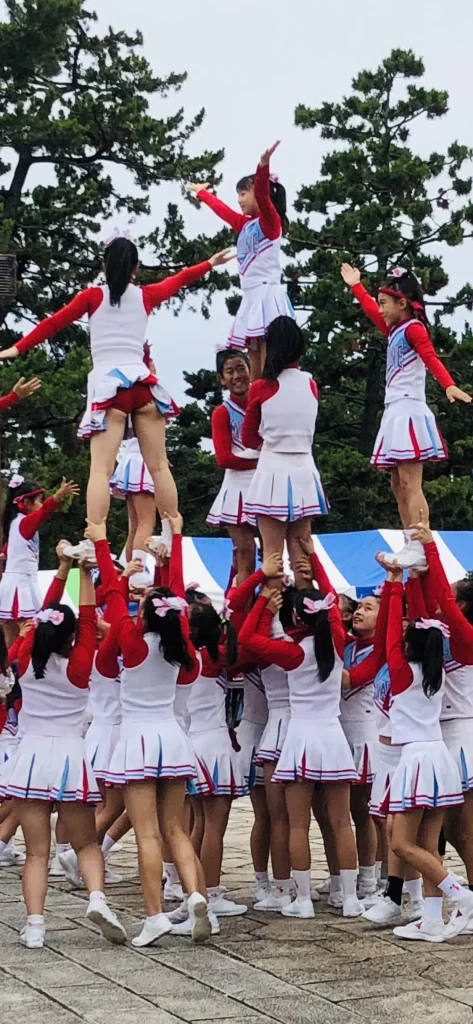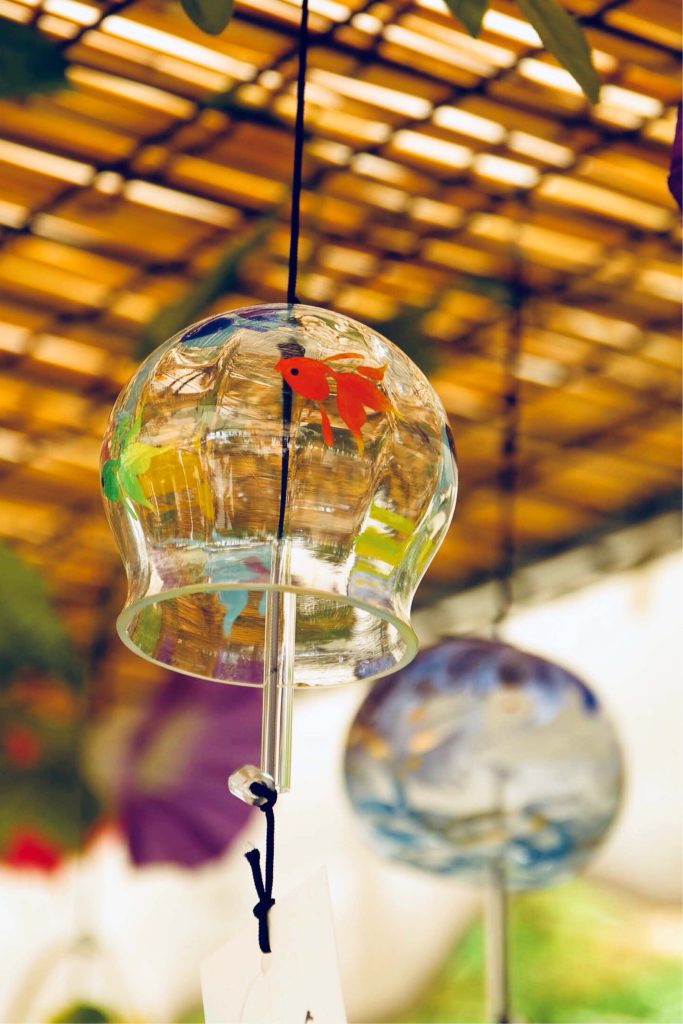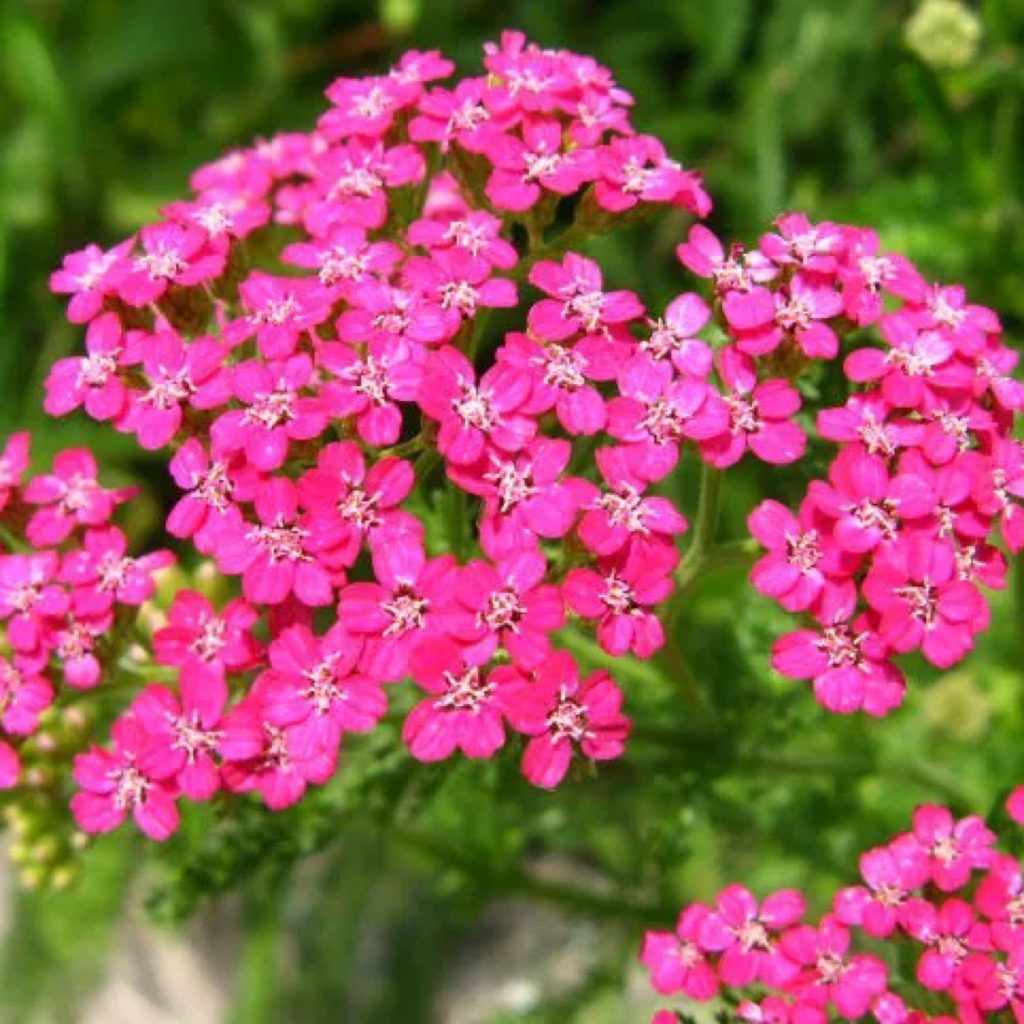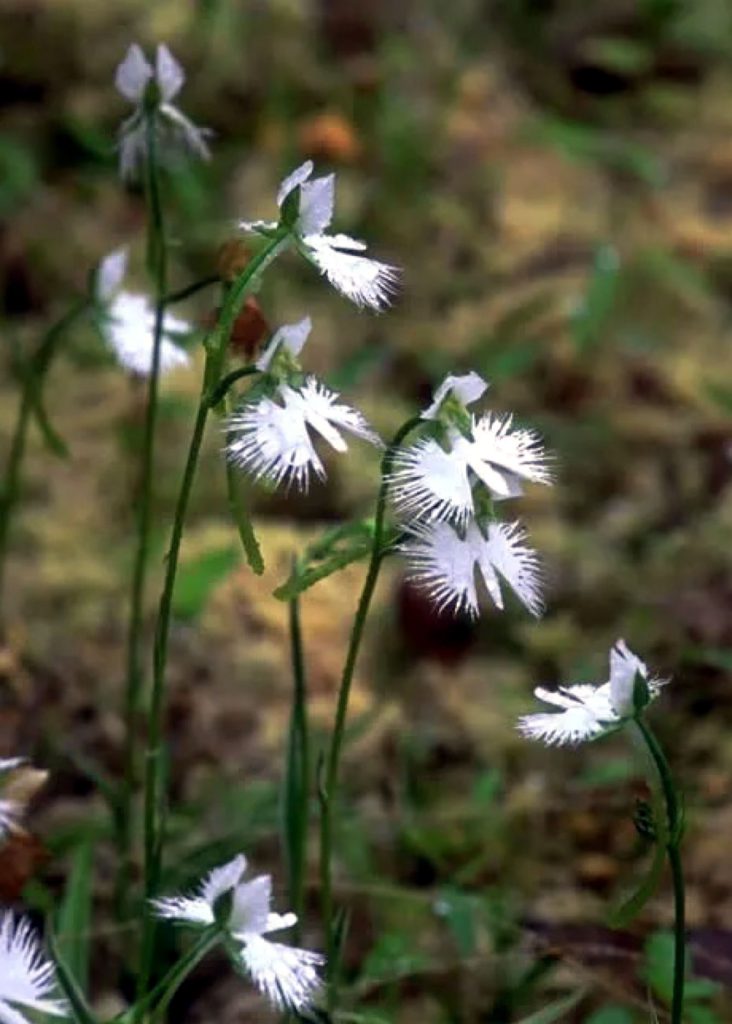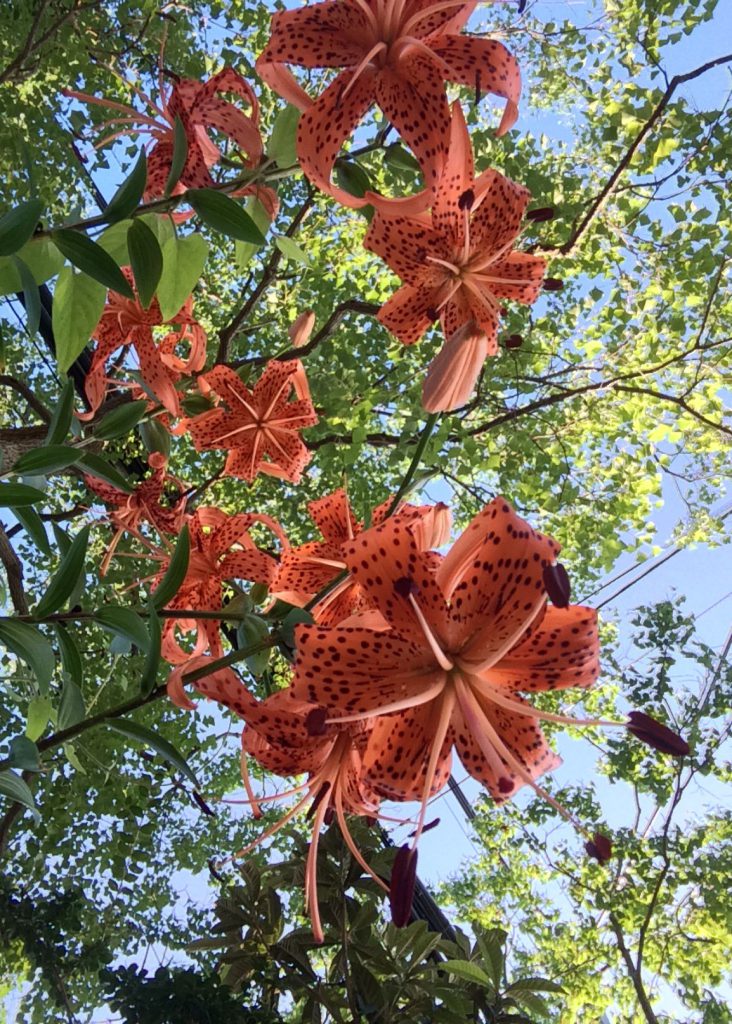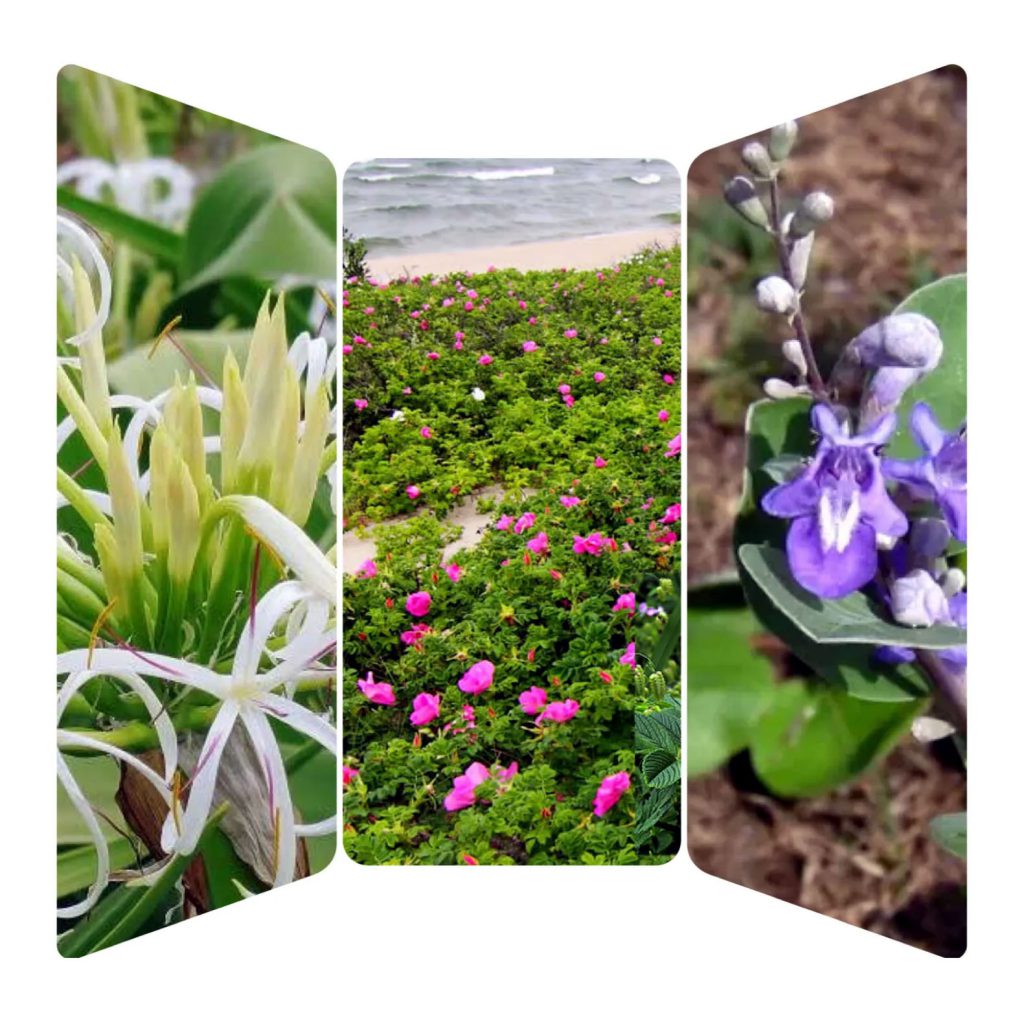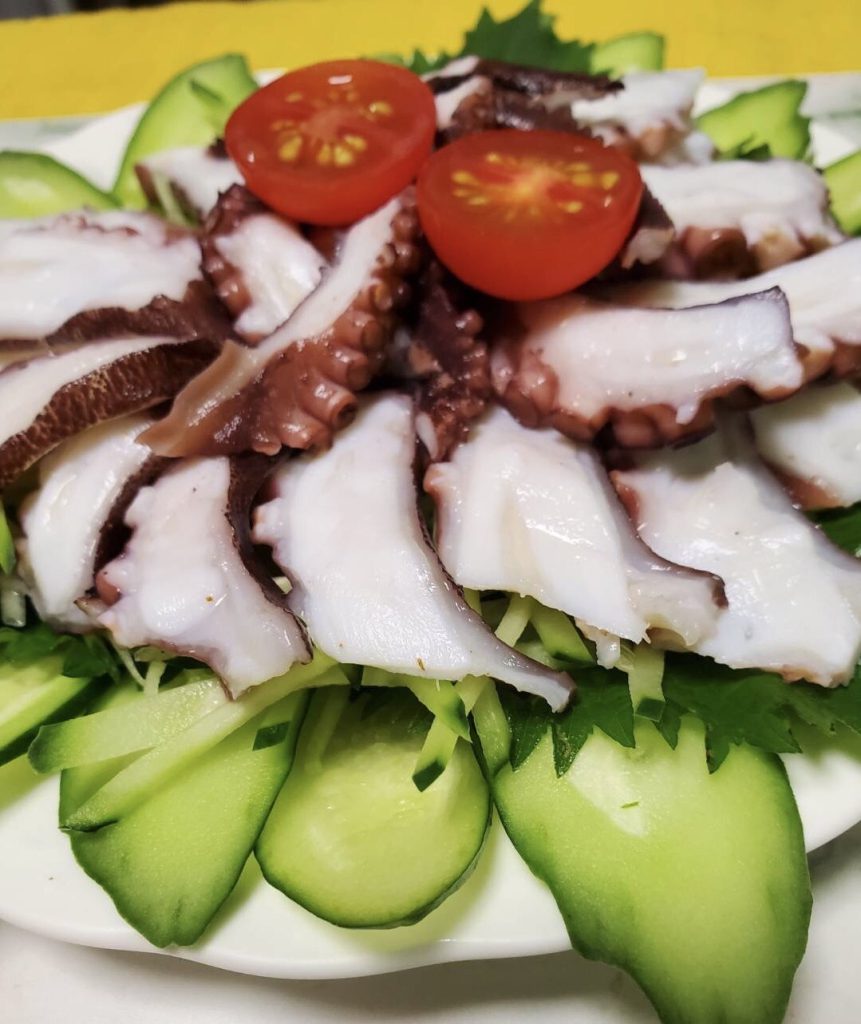
I couldn’t forget the taste of the vinegared octopus that I ate in half-summer, so I made it again. It’s said that octopus contains a nutrient source that effectively heals the body, as taurine, which is said to have effects such as recovery from fatigue, strengthening of liver function, improvement of hypertension, blood purification (removal of bad cholesterol), strengthening of heart function and improvement of eyesight, and zinc, which is said to have effects such as the prevention of taste disorders and promotion of blood circulation. Along with Doyo-no-eel, it is a perfect ingredient for summer. Speaking of octopus, I sometimes remember it. When I went to a relative on Awaji Island during the summer vacation, I was surprised to find an octopus in a radish field near the coast. They say that octopus likes white things and especially radish. I cut the radish into large dice, attached it to three hooks and threw it into the sea, and I easily caught an octopus. It is famous for Akashi octopus, but recently the number of octopuses has decreased.
半夏生(はんげしょう)で食べた酢蛸の味が忘れられず、酢蛸を作りました。タコには疲労回復、肝機能の強化、高血圧の改善、血液浄化作用(悪玉コレステロールの除去)、心機能の強化、視力改善などの効能があるとされるタウリンや、味覚障害の予防や血行促進作用があるとされる亜鉛が多く含まれているため、実質的に身体を癒す栄養源となります。土曜鰻と共に夏にはもってこいの食材です。蛸といえば思い出すことがあります。夏休みに淡路島の親戚に行った時のこと、海岸近くの大根畑に蛸がいたのにびっくりしたことがあります。蛸は白いものが好きだそうで、大根は好物だそうです。大根を大きめのサイコロ状に切って、三本鉤につけて海に放り込めば、面白いように蛸が釣れました。明石ダコで有名な所ですが、最近は蛸もすっかり少なくなったそうです。

